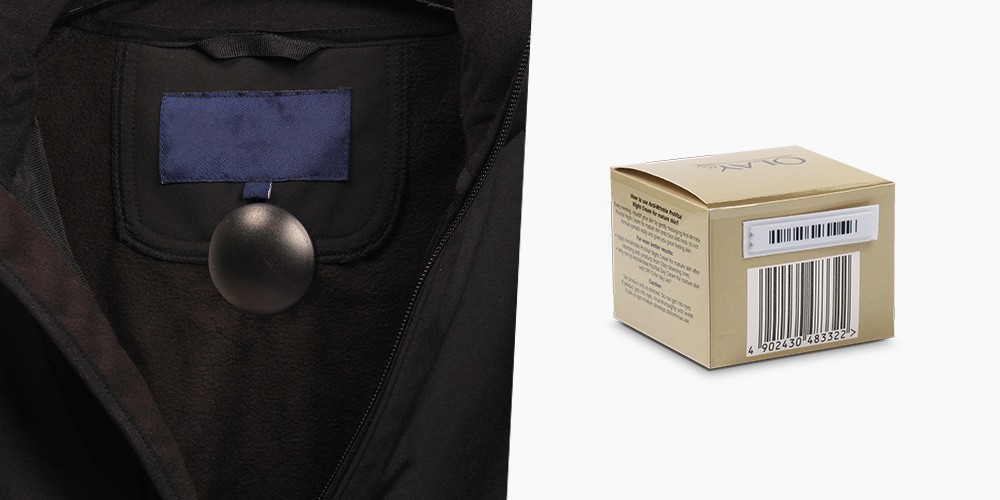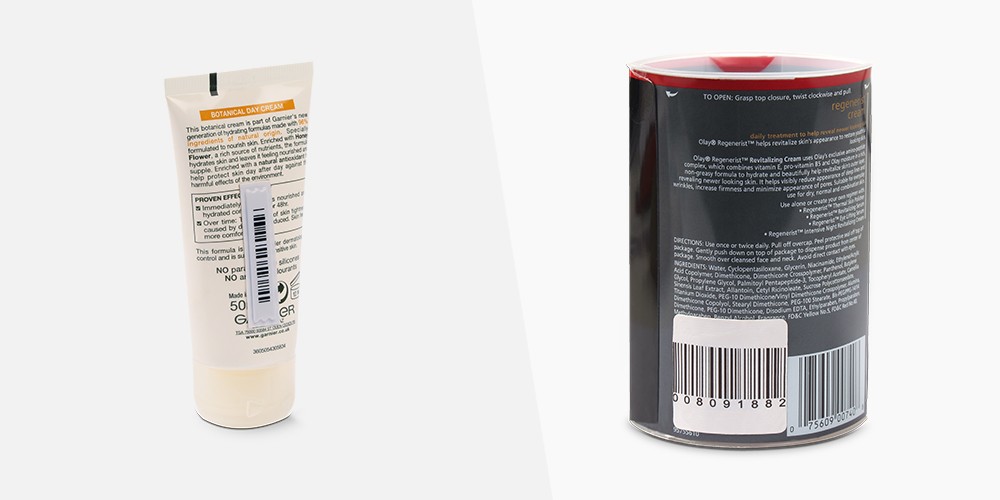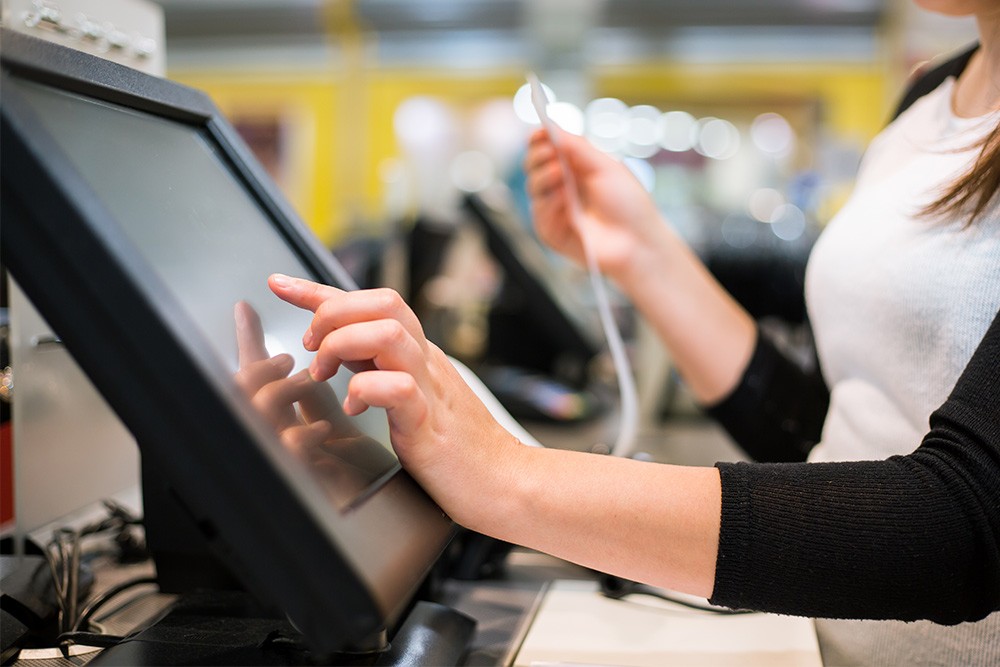
Employing EAS best practice to reduce theft
Electronic Article Surveillance remains one of the most effective and popular tools in the fight against retail theft.
Employing security tags, security labels, and antenna that monitor the tags, it is renowned as the most comprehensive way to protect stock at a product-based level, reducing eternal theft by between 60 and 80 per cent.
But like any loss prevention tool, EAS effectiveness is impacted by the way it’s deployed and how well staff is trained in using the system.
With that in mind, here’s a quick guide on EAS best practices to reduce theft…
The right tag or label

For retailers drawing on the power of EAS, it’s critical they select the right security tag or the correct security label for the product they’re looking to protect.
These days security tags and labels are available in both AM and RF frequencies, while tags come in different shapes, sizes, and magnetic strengths.
You can gain a full insight into selecting the right security tags for your store here and learn more about the different types of labels and their uses here.
But to put it briefly:
- Apparel is best protected using clothing tags with a minimum superlock strength.
- Accessories like handbags and sports shoes are generally protected with security tags that attach via lanyard or cable.
- High-volume, low-value items like perfumes are best protected with labels.
Position matters
Where the security tag or label is positioned on a product matters for a whole host of reasons.
Uniform positioning allows a store to be more visually appealing, while consistent positioning also assists with tag removal and label deactivation at the Point of Sale.
Security tags

Security tags should be positioned so as not to interfere with the customer’s experience of a product.
At the same time, tags should also be situated in place which is obvious enough to deter theft and ensure anyone attempting to pull them off will cause significant damage to a product, rendering it useless.
Security labels and stickers

The ideal position for a security label is near the barcode. This position allows for quick deactivation and maximum efficiency at the Point of Sale.
When it comes to best practices, retailers should have a store guide and policies regarding the tag and label positioning to ensure consistency throughout a retail outlet.
Easy label deactivation and tag detachment
While labels are deactivated using a deactivator that breaks a circuit within the label, security tags need to be detached using a tag detacher.
Security tag detachers and label deactivators are best positioned at the Point of Sale, allowing for easy tag removal and label deactivation.
Tag detachers can be built into the countertop or affixed to it, while deactivators can be mounted to the counter, concealed beneath it, or incorporated into barcode scanning equipment.
Retailers should ensure these detachers and deactivators are easily accessible to staff, and there are enough to service all Points of Sale.
Meanwhile, deactivators should be checked to ensure they are powered and working each day as part of a store’s opening protocols.
Minimize false alarms

If your store experiences false EAS alarms, it desensitizes staff to the real risk of an item being shoplifted.
In order to minimize false alarms:
- Your EAS antenna system should be tested daily.
- Staff should be made aware of the ‘no-tag’ zone (between the antenna and a 6ft region around it).
- Staff should be educated on tag pollution.
- Staff should be trained in tag detaching and label deactivation.
You can read more about minimizing false EAS alarms here.
Understand the clues
If you find items are being shoplifted even with an EAS system in place, there are generally clues to areas that need improvement.
For example, if you find tags removed and discarded in store, it indicates one or a couple of the following:
- Insufficient magnetic strength.
- Incorrect tag type for the product being protected.
- Inadequate tag pin size.
We have a helpful further guide to troubleshooting tag security here


